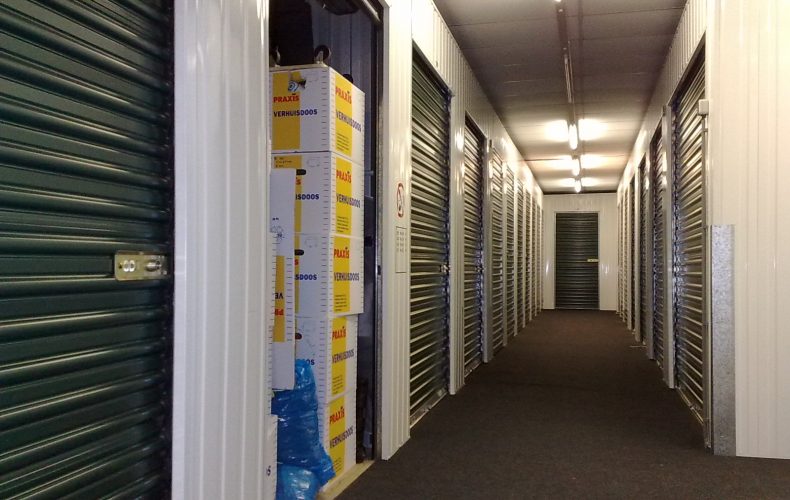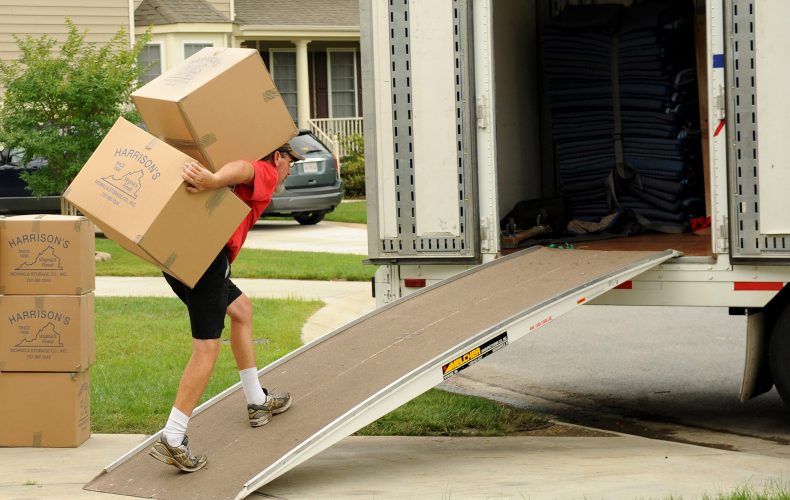7 Tips for Hiring a Reliable Manhattan Moving Company
Moving is already a huge undertaking all on its own, sure you may be able to get away with moving all by yourself if you were single living in an apartment. But as many people come to realize, the process takes more work when you’ve grown your family, and hiring a mover is going to be the best option so you won’t age a decade from all the stress and worry.
But that brings you to another problem entirely, with so many Manhattan movers, how do you know which one to pick? The good news is that variety provides options, so you get a lot to pick from that’ll fit your needs and budget. But getting to that one mover that’ll fit you well is a task all on its own, it may seem kind of like a daunting task but here are 7 tips to make it easier for you.
1. Gather Personal Recommendations
In the online world today, it’s really easy to find fake reviews. If you don’t already know, a lot of shady businesses use this tactic and there are a lot of actual “jobs” that pretty much revolve around this.
That’s why it’s better to get personal recommendations from family, friends, or even trusted acquaintances like co-workers and neighbors. At least you get a first-hand personal review from someone you can look in the eye and give you an honest review of the mover.
Of course, not everyone may have recommendations, so relying on online reviews may be the last option. Just make sure that you’re thorough about it, and don’t rely on the testimonials on the mover’s website, those are probably pre-selected anyway even if it was unsolicited. Go to reputable sites and even check in on the Better Business Bureau if there were any recent complaints filed.
2. Gather A Lot Of Estimates
There is absolutely nothing wrong with asking multiple movers for an estimate most would offer free quotes and estimates. You should never feel tied down to one mover just because the representative you spoke with was a smooth talker, you have the right to get as many options as you’d like and pick the one that suits you best.
After all, this is your belongings and property on the line. And you’re the one left with damages that need repairing, many people will testify that they’ve had nightmare experiences with shady movers who refused to compensate for blatant disregard of belongings and property. You don’t want to end up here, so make sure everything is in writing. Never accept an estimate over the phone, instead ask them to email it if you can’t meet a mover face-to-face.
3. Verify License and Insurance
There are a shocking number of movers who are unlicensed and uninsured, and more often than not, these are the ones that offer incredible savings that are too good to be true. It pays to be diligent when choosing a mover, especially in a palace that’s as dense and hectic as Manhattan.
Make sure to always ask about a mover’s licenses and insurance certificates that you can verify on the Federal Motor Carrier Safety Administration’s (FMCSA) website. For New York, you’ll also need to verify it with the New York State Department of Transportation Commissioner (NYSDOT) and make sure it has the proper permit for the Authority to Transport Household Goods.
4. Communicate with Customer Service
Just like in dating, a mover will always put its best foot forward to make sure they can get you to pick them for your move. But you have to remember that the first impression may not always be accurate, so making sure that you have a clear and easy line of communication with a mover’s customer service will give you an inkling as to how they do business.
A reputable mover will not find any issue with you asking too many questions, because you have a lot more to lose than just a moving job, but the memories and sentimentality of your precious possessions and even the property you’re moving out and into are important to you. A reputable mover understands this well and will be willing to communicate with you as many times as it needs to give you peace of mind and assurances.
5. Read the Fine Print
You’ve heard the saying, “the devil is in the details”, it’s kind of a strong statement but the truth is that you need to gather all the details regarding each mover and make sure you go over each one so that both parties involved are clear about what it means to each one.
As mentioned, a reputable mover will not think of it as a hassle when you keep calling back to clear up details and will do what it can to make sure you completely understand what everything means to you as a customer. Especially when it has to do with insurance claims and the terms and conditions.
Prevention is better than cure, and it will save you a lot of headaches in the future if you take care of all the details before committing to a mover so that you are completely aware of what you get and what the movers won’t do for you.
6. Avoid Large Deposits
A mover with nothing to hide won’t try to haggle for more than 10% of the quoted and agreed price. This is an industry standard all across the country and not just in Manhattan. As the customer, you have more to lose in this business deal, and with the dozens of other options on the island to choose from, you always have the option to strike a mover off the list if you feel you’re not getting good treatment.
But you also have to remember that trust and respect go both ways, so even if you come to a disagreement it doesn’t give you the right to be demanding. Reputable movers have lots of jobs lined up and letting you go is also an option on their table, which is why smooth communication between the both of you is very crucial.
7. Double, Triple Check the Contract
Once you’ve decided on a mover and cleared up all the details, make sure to have everything in writing. Don’t ever accept anything at face value and a handshake, the reason there are contracts and agreements is for the protection of both parties.
No matter how comfortable you’ve become with a mover, don’t ever just sign papers that are handed to you, always ask for a moment to read through it carefully so you can clarify anything that doesn’t make sense or may have not been discussed beforehand. This is your last chance to clear up everything before committing to a mover so you want to make sure that everything is lined up from all the communication and research you did with the mover.
Moving will always be a major change and it pays to be meticulous at this moment because you’re moving your life to a new location. Reputable movers understand how exciting and important this is in your life so they will do what they can to accommodate you and make sure that your move is smooth and stress-free.









